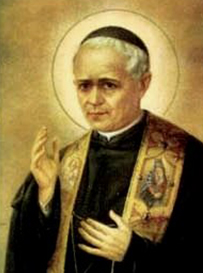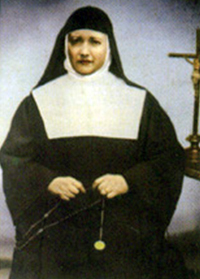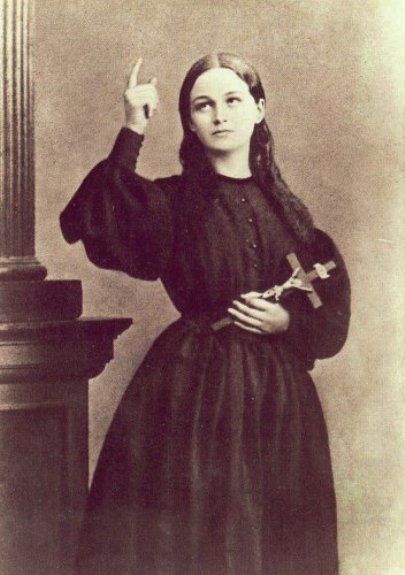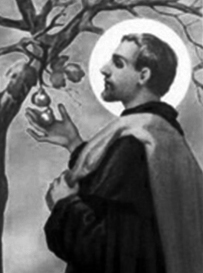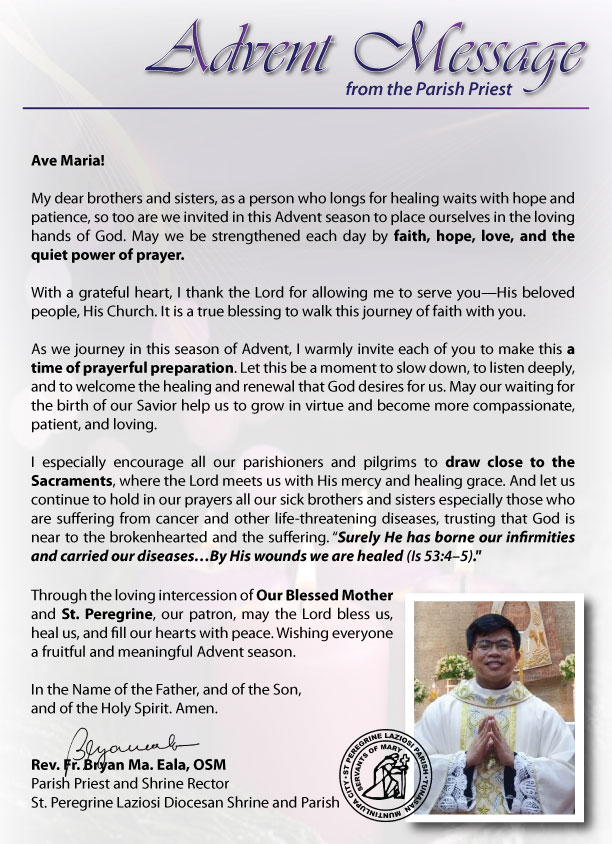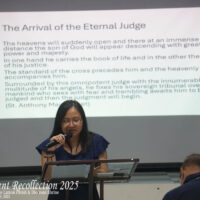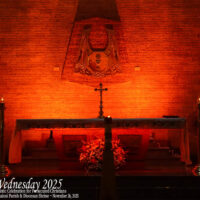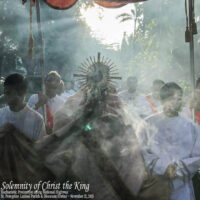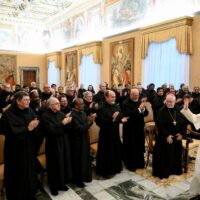 About the year 1240, while the struggle between Emperor Frederick II and the Apostolic See left Italian cities torn by rival factions, seven Florentine merchants decided to retire in solitude to live a common life marked by penance and prayer. They were already member of a lay group called Servants of Mary and were noted for their special devotion to Our Lady, and for a close adherence to the gospel ideal of fraternal love and service to one another and to others specially the poor and the sick.
About the year 1240, while the struggle between Emperor Frederick II and the Apostolic See left Italian cities torn by rival factions, seven Florentine merchants decided to retire in solitude to live a common life marked by penance and prayer. They were already member of a lay group called Servants of Mary and were noted for their special devotion to Our Lady, and for a close adherence to the gospel ideal of fraternal love and service to one another and to others specially the poor and the sick.
Consequently, they put aside their commercial activities, left their homes and distributed their personal possessions among the churches and the poor. The gray cloth commonly worn by penitents became their regular dress. They moved into a small house outside the city walls where they continued to minister to the spiritual and material needs of those who came to them for help.
About 1245 they desired a more contemplative life, and at the same time they feared the Ghibelline leaders would force them to return to their homes. So they heeded the advice of Bishop Ardingo of Florence and ascended to the solitude of Monte Senario, a place sheltered from distraction and yet not far distant from the city. Saint Peter of Verona, who was then in Florence, also approved their spirit and life-style. On Monte Senario they built a small house with “cheap material,” and a chapel dedicated to Saint Mary.
Their life of austere penance blended elements of both the solitary and common life-style . They supported themselves by their own work, sang psalms together, and experienced long hours of solitary prayer and silent contemplation of the word of God. All who came to them with doubts or worries, seeking counsel and comfort, were assured of sympathetic and understanding hospitality. The “Act of Poverty” of 7 October 1251, attest to the radical nature of their poverty: Brother Bonfilius, prior of the Church of Saint Mary of Monte Senario, and the other brothers there, solemnly promised never to accept any possessions. By this time some of the friars had been ordained priests.
The fame of their sanctity spread an many men asked to join their group. As time went on, retaining the title of Servants of Saint Mary, they began an Order inspired by the life-style of the apostles; they adopted the rule of Saint Augustine as well as some norms of their own. The second editor of the Legenda de Origine saw in the habit which these men wore “a sign of the humility of the Blessed Virgin and a clear reminder of the sorrow that she suffered in the most bitter passion of her Son”
In early documents, the Seven are rightly called “our parents” and “our fathers” because they initiated the Order of the Servants of Saint Mary. The Order grew rapidly in Tuscany and central Italy, spreading the light of the gospel and devotion to the Blessed Virgin.
Bishop Ardingo approved their firs statutes. Innocent IV granted them the protection of the Holy See and approval of the life of poverty and penance which they had embraced. In 1256 Alexander IV reaffirmed the approval granted by his predecessor with the letter “Deo grata”. When the Order’s very existence was called into question after the Second Council of Lyons (1274), a solution was found through the efforts of Saint Philip of Florence. Finally in the year 1304, Pope Benedict XI definitively approved the Order of Servants of Saint Mary with the Bull “Dum levamus”. He wrote concerning the original spirit of the Order: “Because of the devotion you have for the glorious Blessed Virgin Mary, you have taken her name, humbly calling yourselves her Servants.”
Those who followed the Seven have always preferred to venerate them as a group, since they had been so united in fraternal love. In 1888, Pope Leo XIII canonized them as a group with the names Bonfilius, Bonajuncta, Manettus, Amadeus, Hugh, Sostene, and Alexis. At Monte Senario, one common grave brings together in death these men who were so united in fraternal life.
Prayer
Merciful God, guided by your lovin care, Mary, our glorious Mother, called seven holy men to found a new family of her Servants. Grant that by our devotion to Mary we may more generously serve you and each other. We ask this through our Lord Jesus Christ.
 Diocese of Parañaque
Diocese of Parañaque

